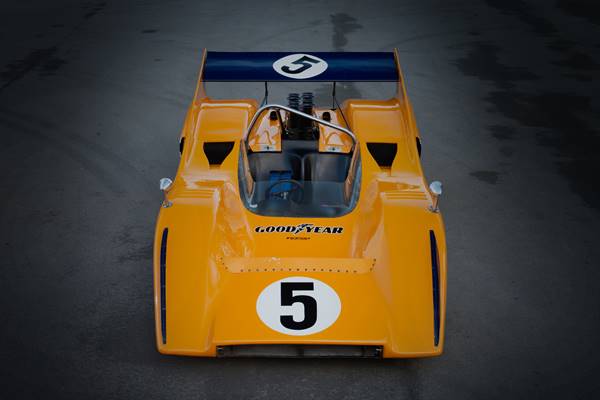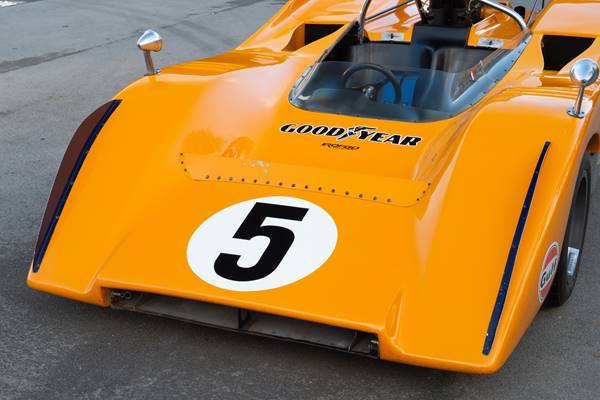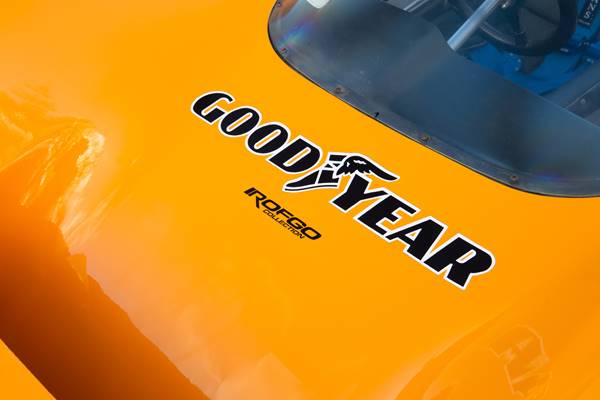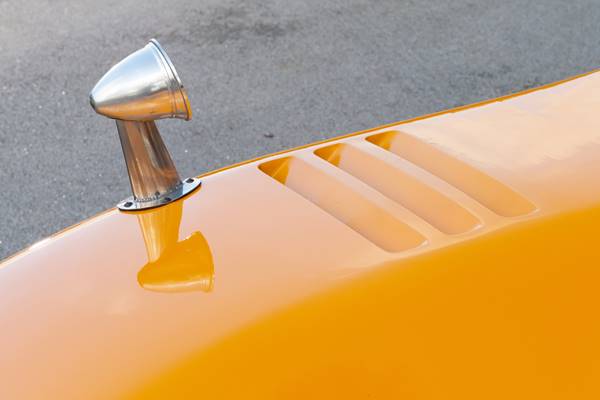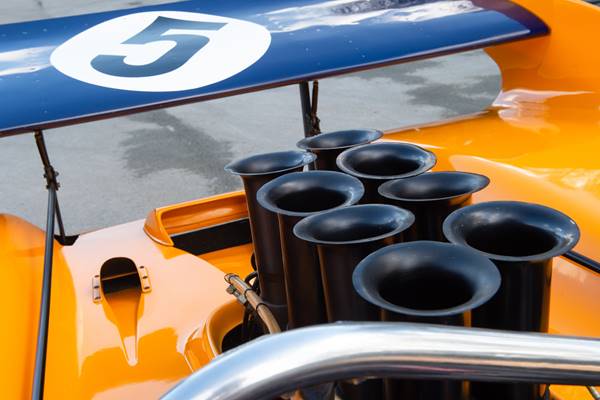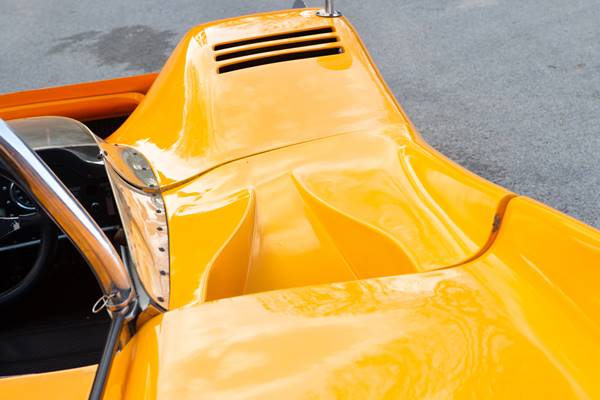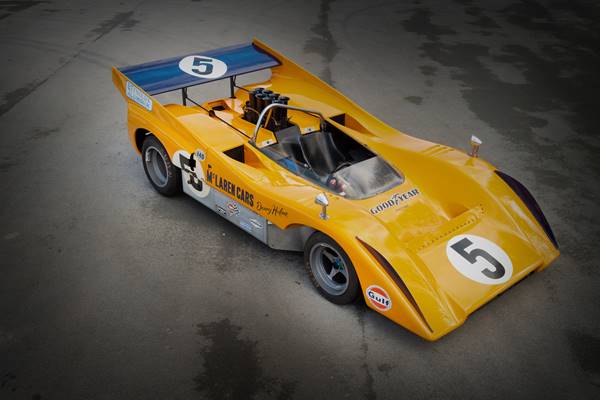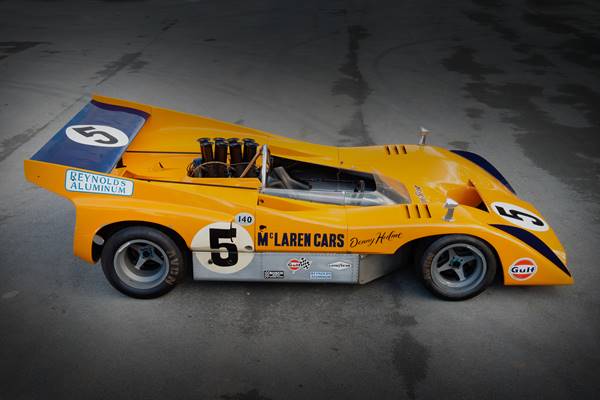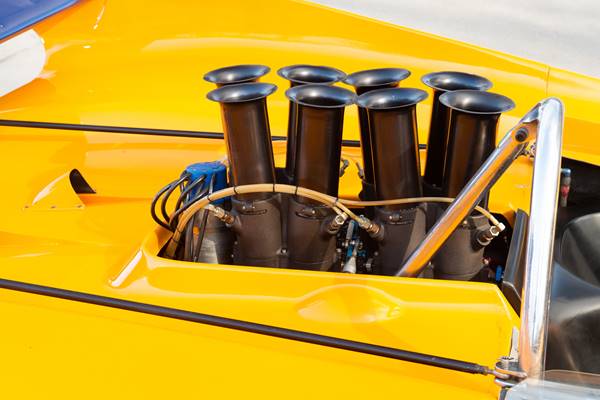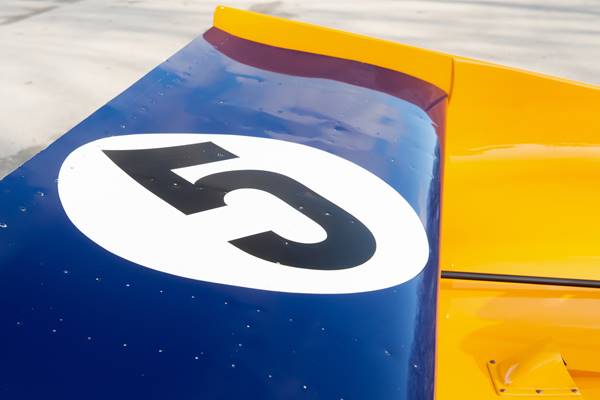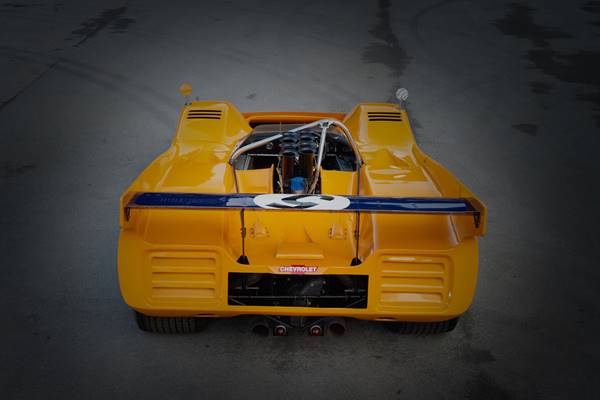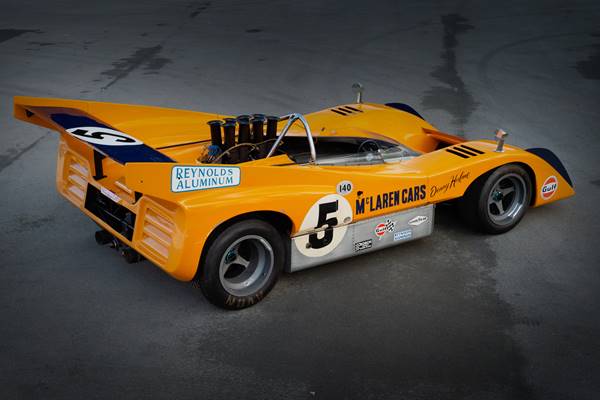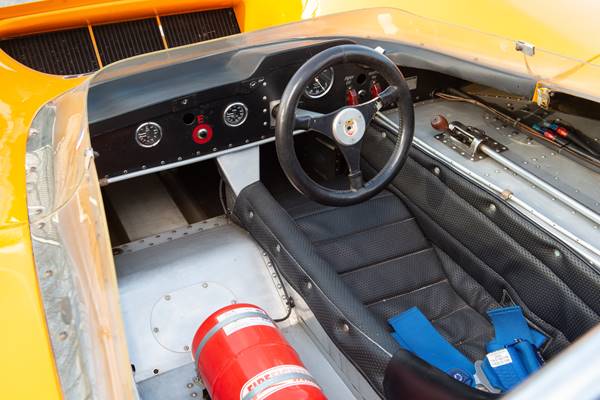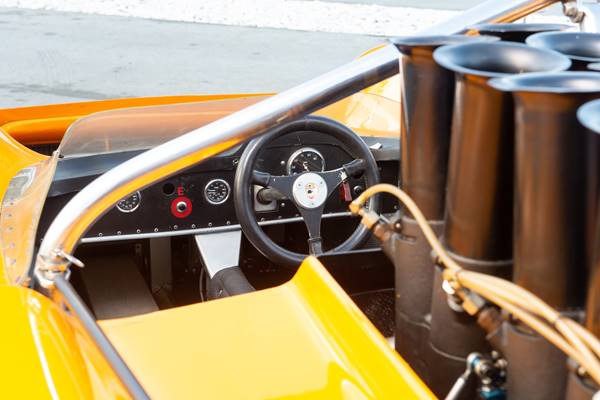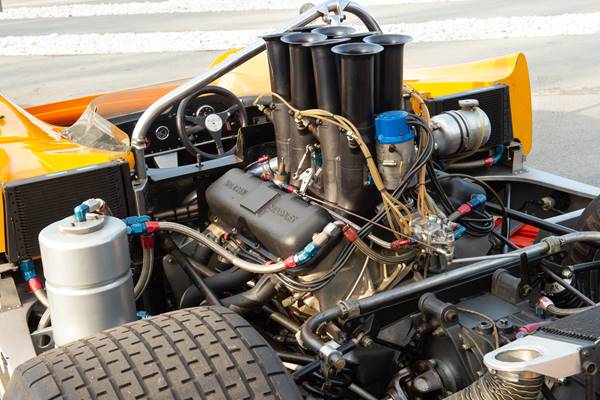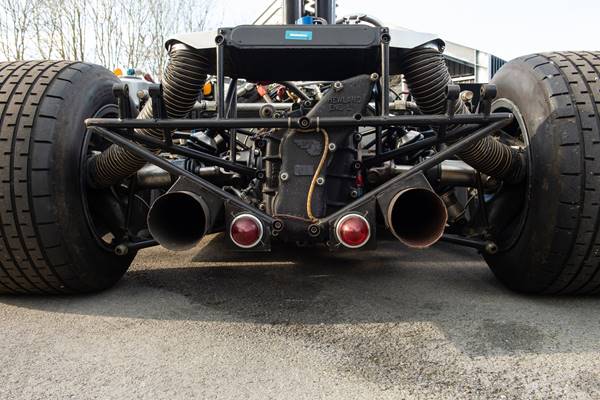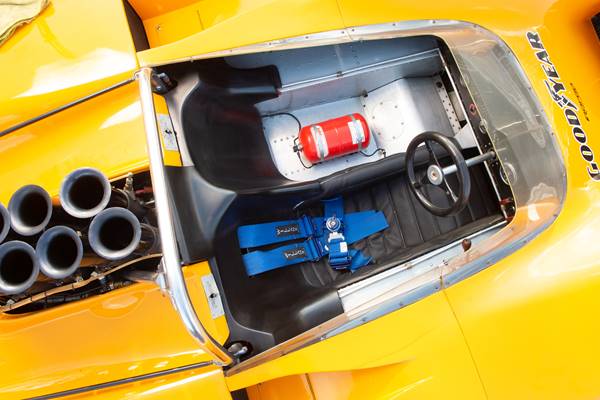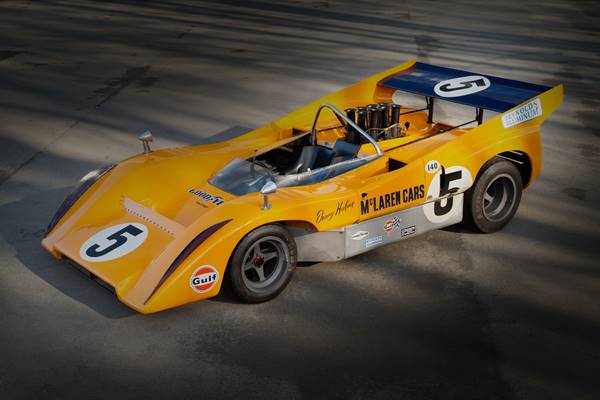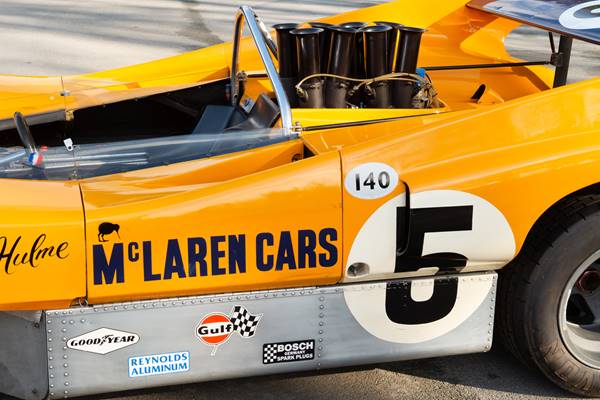In an incredibly short space of time, popular New Zealander Bruce McLaren had gone from being the youngest driver to win a Grand Prix to being a fully fledged race car manufacturer in his own right; with fingers in both sportscar and single-seater pies. For such a go-ahead team, the Canadian American Challenge launched in 1966 was far to an exciting opportunity to miss. And, on finding their spaceframe chassis M1 was no match for Lola’s monocoque construction T70, Bruce commissioned Robin Herd to commence the design of the McLaren M6, which was of a more comparable specification and featured and aluminium monocoque chassis clothed in a fibreglass body, all of which was powered by a small-block Chevy V8.
Once the customer M6B cars were in production the engineers, now on a roll and desperate to stay ahead of the opposition, turned their attention to that car’s potential replacement, the M8A. This was designed around a big-block V8, which served as a semi-stressed chassis member. Topped by huge intake trumpets, these engines produced in the region of 620bhp - i.e. close to 1000bhp/ton! The fibreglass body was made far wider than its predecessor in order to increase aerodynamic downforce and house the increasingly massive tyres. With the World Championship limited to cars of 3-litre capacity, these Can-Am monsters were the most powerful racers of their day. With a wider wing and yet more rubber, the ensuing M8bs of 1969 won all 11 races in the hands of McLaren himself and his fellow Kiwi Denny Hulme, annexing the championship in style.
The 1970 Can-Am season got off to the worst possible start when team patron Bruce McLaren was killed in a testing accident at Goodwood. The other drivers, Denny Hulme, Dan Gurney and Peter Gothic, provided the best possible response, however, winning nine out of the 10 races in another dominant season. Their mount was the M8D, whose 7.6-litre engine gave a tyre-shredding output of 670bhp and whose enormous rear wing earned the model its nickname of ‘Batmobile’. Chassis M8D/4 is understood to be an M8E prototype built to M8D specification late in the 1970 season, and campaigned to victory in the last three races of the year (Donnybrooke, Laguna Seca and Riverside) by series winner Denny Hulme. It was then sold to Yorkshire privateer Tony Dean to run in the 1971 championship.
